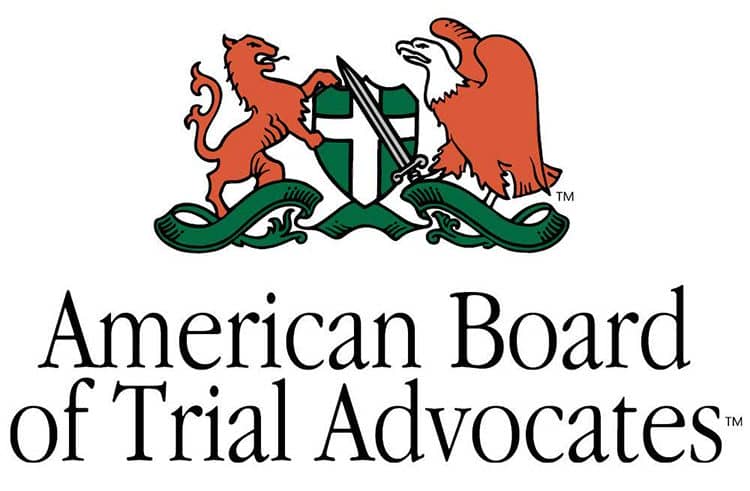
Driving in fog is one of those experiences that can go from “mildly annoying” to “white-knuckle stressful” in a matter of seconds. One moment, you’re cruising along, and the next, you’re squinting through a wall of gray, barely able to see more than a few feet ahead. Sound familiar?
Fog leads to many serious accidents every year. If you or someone you love was injured in a car accident because the other motorist wasn’t driving safely in foggy weather, you may have a right to claim compensation for your injuries and losses. Safe driving in fog is possible when motorists follow certain time-tested fog driving tips.
Tip #1: Slow Down
When it comes to fog safety for drivers, this one sounds obvious, but you would be surprised how many people just keep driving at regular speed when they hit a patch of extremely dense fog.
The golden rule? If visibility is low, your speed should be too. Even if the posted limit says 55 mph, that doesn’t mean it’s safe in fog. Driving too fast means you will have less time to react if something suddenly appears in front of you, like a stopped car, an animal, or a lane closure.
It’s not just good advice. In many states, including Wisconsin, drivers are legally required to adjust their speed for weather conditions. If you’re going too fast for the fog and get into an accident, you could be held liable.
Tip #2: Use Low Beams, Not High Beams
Here’s a common mistake: turning on your high beams in thick fog. While that might seem like the smart thing to do, it actually makes things worse. High beams reflect off the fog, creating a glare that makes it even harder to see.
Instead, stick with low-beam headlights. They help light up the road surface without bouncing back into your eyes. And if your car is equipped with fog lights, now’s the time to use them.
Do not drive with just your parking lights or hazard lights on in reduced visibility. This is one of the key safety tips. You want to be seen, but not confused, for a parked car.
Tip #3: Keep a Safe Distance
In clear weather, the general rule is to stay at least three seconds behind the car in front of you. But in fog? You’ll want to double or even triple that distance. Why? Because if the car ahead of you suddenly brakes or hits something, you’re going to need all the room you can get to stop safely.
Tailgating in the fog does not get you to your destination any faster. It just puts everyone at more risk. Keep a buffer, breathe, and remember: better to arrive late than not at all.
Tip #4: Stay in Your Lane
When visibility is poor, even something as simple as staying in your lane becomes more challenging. The key here is to use the right-side pavement markings (that solid white line on the shoulder) as your guide, rather than relying on the center line.
Why the right side? Because it’s safer. If you drift too far left, you’re at risk of crossing into oncoming traffic. Hugging the right side helps keep you in your lane and away from danger. If your vehicle has lane-keeping assist or a heads-up display, this is also a great time to let that technology lend a hand, but never rely on it fully.
Tip #5: Don’t Stop in the Road
Sometimes the fog feels so thick, you’re tempted to just stop your vehicle altogether. But stopping on the road should never be done unless it’s an absolute emergency. Why? Because the drivers behind you may not see you in time. It’s a major cause of multi-vehicle pileups in foggy conditions.
If you have to pull over, get as far off the road as possible and turn on your hazard lights so other drivers can see you. When visibility drops, roadside reflectors can help guide you and keep you aligned with the road.
Tip #6: Keep Distractions to a Minimum
Foggy driving demands your full attention. So now isn’t the time to check your texts, fiddle with the radio, or eat that breakfast sandwich. Even small distractions can mean missing a curve, rear-ending someone, or worse.
Stay focused, keep both hands on the wheel, and avoid multitasking. Save the playlist changes and phone calls for after you’ve safely arrived.
Additional Tips on Fog Safety for Drivers
- Make sure your windshield wipers are working properly before you head out in the fog. Clear visibility starts with a clean windshield. Don’t rely on cruise control in the fog, as it’s safer to stay fully in control.
- Try to stick to the right edge of the road to help guide you, leave plenty of space between you and other vehicles, and watch out for emergency vehicles that may be harder to see.
- Keep things, like a flashlight, in your glove compartment just in case you need to pull over to a safe location. Even little things, like adjusting your lights to reduce glare, can make a big difference.
Legal Liability and Fog-Related Crashes
From a legal standpoint, fog is never an excuse for causing a crash. If you rear-end someone, veer into another lane, or otherwise cause harm in poor visibility, you can still be held liable. In Wisconsin, drivers are expected to take reasonable steps to adapt to road and weather conditions. That includes slowing down, using headlights properly, and maintaining a safe following distance.
Get High-Powered Legal Representation from Our Car Accident Attorneys
At Gingras, Thomsen & Wachs, we understand how quickly a moment of low visibility can turn into a devastating crash. If you or someone you love has been injured because of another driver’s negligence in foggy conditions, we’re here to help.
Our car accident lawyers believe in doing their best to help people in need and right the wrong that has occurred. For more than 35 years, we have helped thousands of clients across Wisconsin get justice and compensation.
Our success isn’t just about how well we know the legal system. It’s about how deeply we care for our clients and how far we will go to fight for them. To schedule your free consultation, call us at 855-954-1186 or contact us online.





